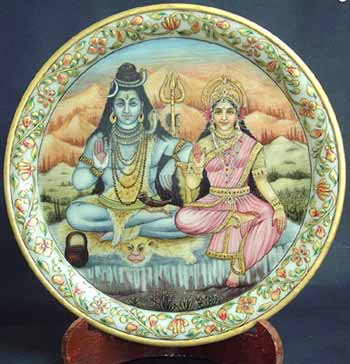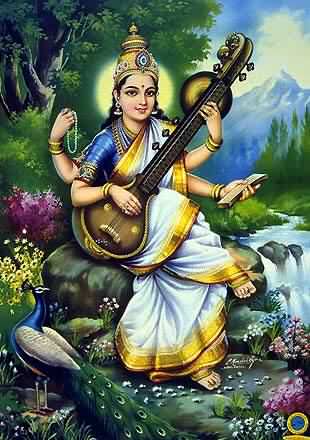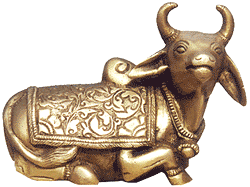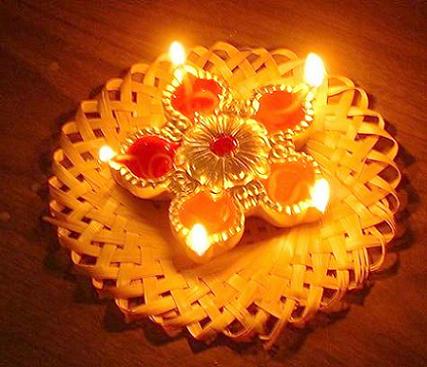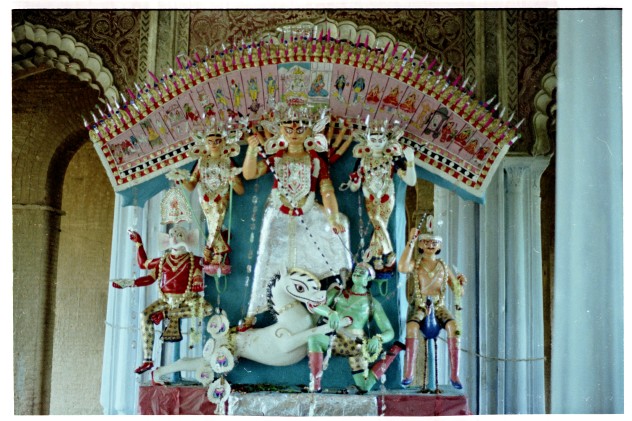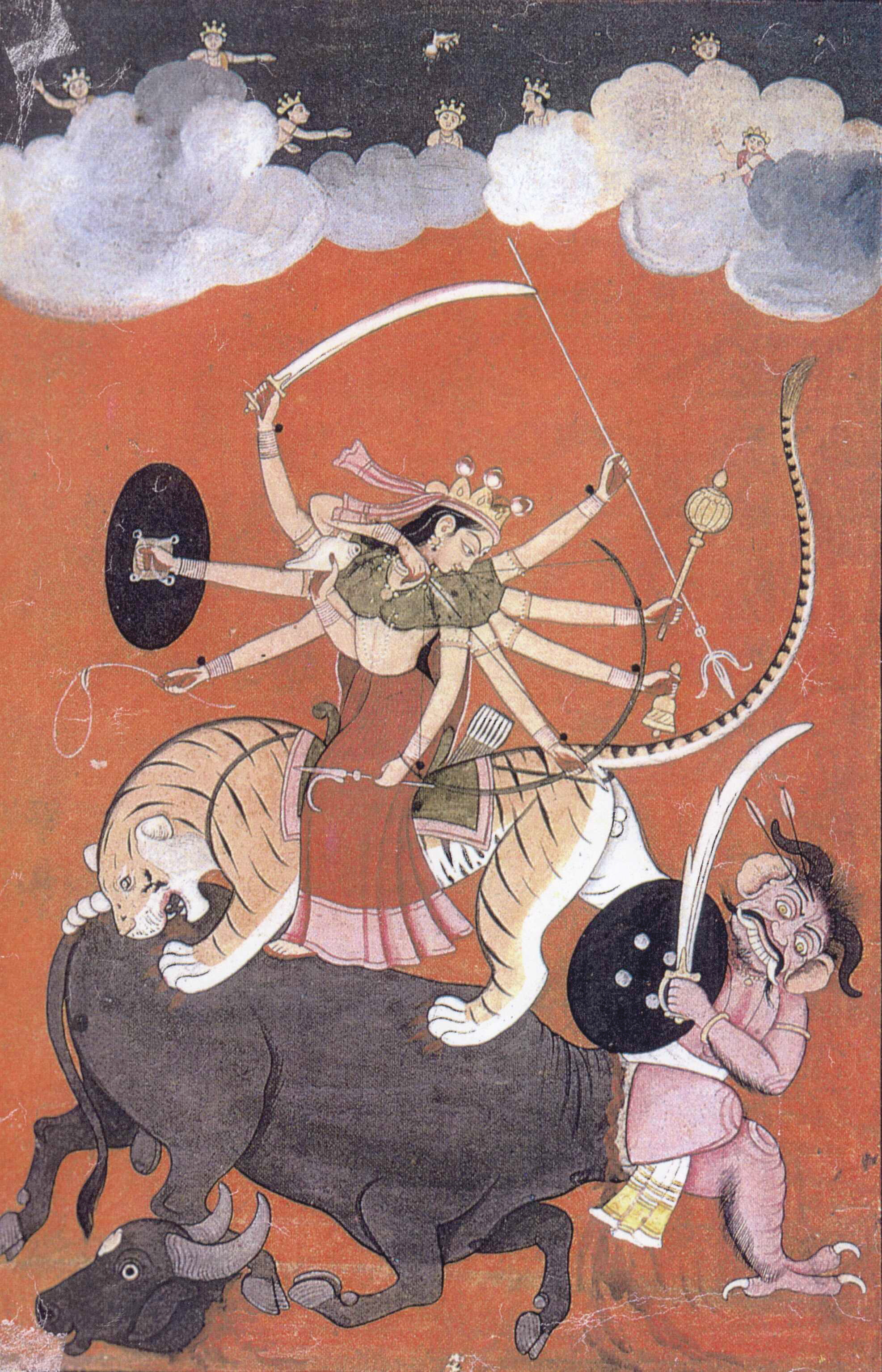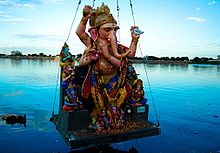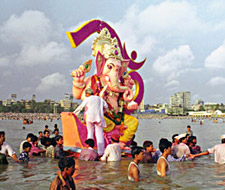Date varies. Begins March 19, 2011.
It’s the day that puts the ‘holi’ in holiday. Holi literally translates to “burning”, but fire isn’t the most prominent image of the festival. Holi is all about color. Colored powders, colored waters fly through the air as celebrants young and old ‘colorize’ the world around them—by flinging powders and streams at their friends, neighbors, and any passersby.
Holi is a joyous celebration, though somehow the editor of the piece below has spliced it into a Bollywood horror film. (Are there Bollywood horror films?) I can hear the Hollywood producers pitching it now… Slumdog Millionaire meets 28 Days Later.
Do NOT wear your best clothes on Holi as the video below demonstrates.
Other Holi festivities are more ceremonial, but the words “muted” and “tame” don’t fit into any of them.
Holi is a Spring celebration. One legend corelates the holiday with an evil king named Hiranyakashipu. The king forbade his son Prahlad from worshipping the god Vishnu. Prahlad refused to do so, so the king challenged Prahlad to sit with Prahlad’s wicked aunt Holika—who was believed to be impervious to fire—on a burning pyre. To everyone’s surprise, it was Holika that burned and not Prahlad, who remained unharmed.
During Holi, the rules that govern Hindu society throughout the year are somewhat relaxed. Class, caste, status and gender become secondary distinctions to the bright magenta, orange, red, green and every-other-color-of-the-rainbow powders covering everyone’s skin and clothes.
Holi falls on the full moon of the month of Phalguna.



